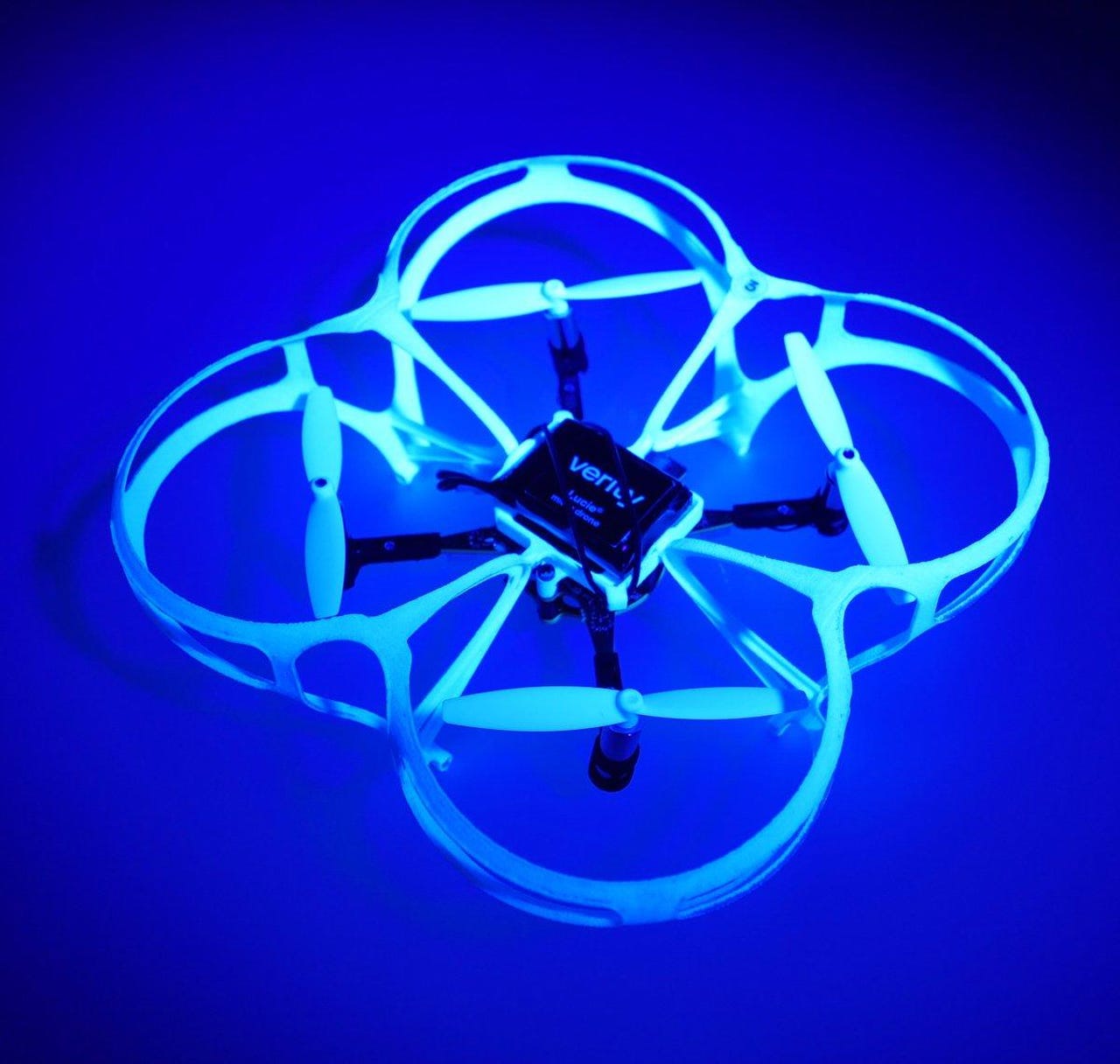Safer skies: This algorithm could dramatically reduce drone catastrophes


There are all kinds of gimmicks to keep drones from crashing, including parachutes and extra propellers. But what if the answer is in the code?
Verity Studios, which is behind some of the highest-stakes drone flights in the world, has introduced a software algorithm it says can prevent quadcopters from crashing during unexpected propulsion system failures.
"There are already numerous cases of drones crashing to the ground (sometimes injuring people) for no apparent reason," Verity founder Raffaello D'Andrea told me recently. "Some common causes of this are motor failures, ESC (electronic speed controller) burn-outs or connector failures. As a standard end-user, these are the types of problems you can't see with the naked eye, so you're left with the impression that your drone has simply dropped out of the sky."
You may have seen Verity's work and not known it. The company makes drones come alive onstage and indoors, often in front of audiences of thousands. Verity is behind the dancing drones that backed up Drake, for example. Many of the live shows that employ its technology are witnessed by tens of thousands of people.
With lots of people watching, one errant propeller could spell disaster, which is why Verity has developed the proprietary software solution, called Failsafe.
Must read
It's an interesting and timely approach to drone safety. Drones are becoming increasingly popular in commercial applications like monitoring, security, infrastructure inspection, and surveying. And despite regulatory hurdles, drone delivery is gradually becoming a reality even here in the U.S., where FAA guidelines are famously stringent.
Which means drone safety is high on the minds of commercial operators, regulators, and a public naturally wary of having a bunch of autonomous buzzsaws careening overhead.
"Currently, commercial operators are getting around [safety issues] by creating fully-redundant octocopters (8 propulsion systems instead of 4) and partially-redundant hexacopters (6 propulsion systems) to ensure their drones are safe and reliable," D'Andrea explains. "It's a heavy-handed way of solving the issue as it creates a lot of operational inefficiency."
Must-see offers
Data on propulsion system failures is difficult to come by. The FAA hasn't started making statistics available and technology companies aren't keen to publish failure numbers related to their products. Verity's internal tests on popular drone components have found that the mean time between failures (MTBF) on some drones is staggeringly low, often sub-100 hours.
When a propulsion issue happens to a quadcopter using Failsafe, sophisticated algorithms kick in and the drone stabilizes itself using its remaining good propellers.
"Any type of failsafe is important for drone safety," says D'Andrea. "The two options that are popular on the market today are parachutes and redundant hardware. The great thing about parachutes is that they can compensate for any type of technical failure. There are, however, some downsides. One of the most significant downsides is the fact parachutes must be retrofitted to the vehicles after purchase."
Failsafe, however, can now be implemented into existing quadcopters with a simple firmware update. That's an attractive solution at a time when the future of commercial drone usage hinges on safety.